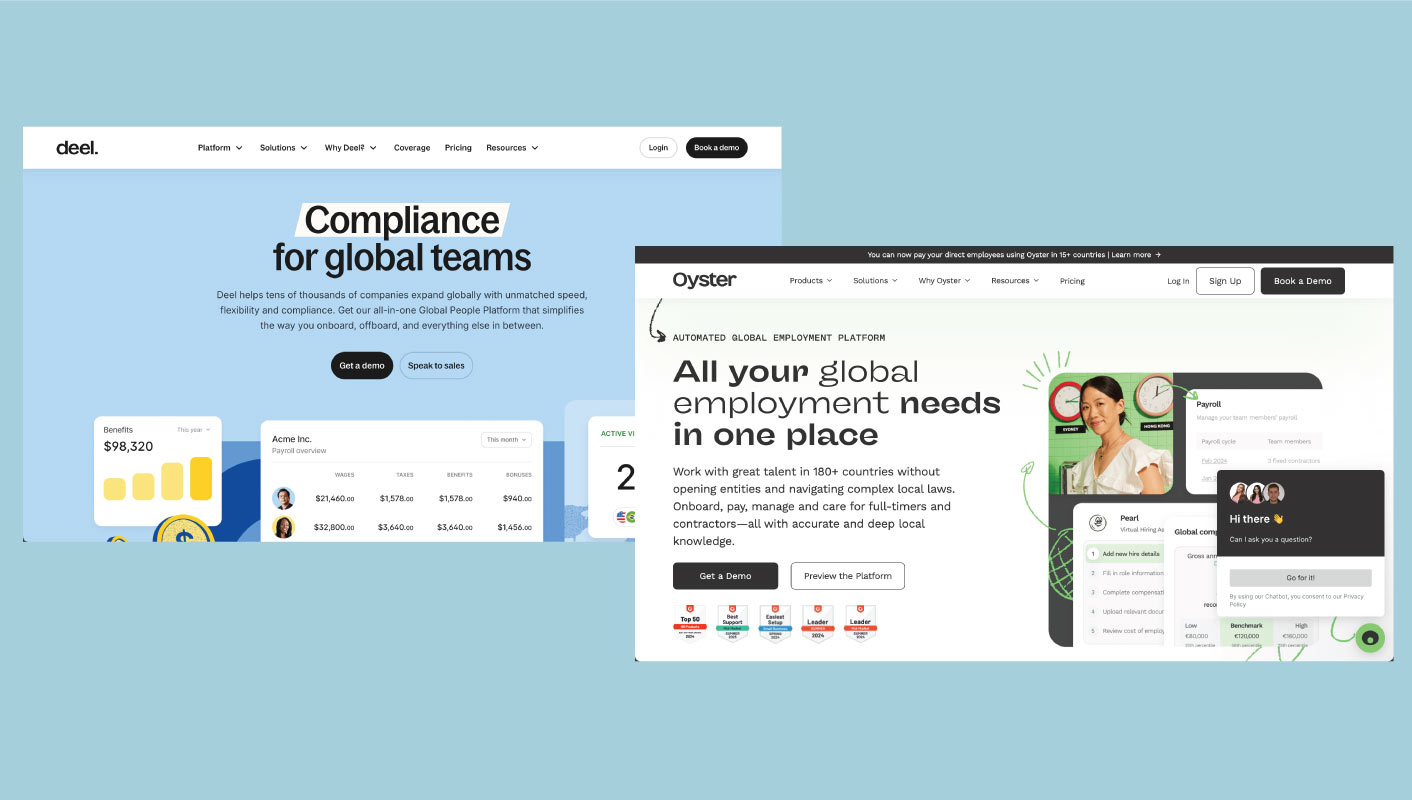
How remote staffing and Latin talent are shaping work
How remote staffing and Latin Talent are shaping work

As the workplace evolves, remote staffing has become an increasingly popular solution for companies across industries. The pandemic accelerated this shift, but even as we move beyond the immediate health crisis, remote work continues to thrive, particularly in hybrid models. This transition not only reshaped how work gets done but also expanded opportunities for talent sourcing—especially in regions like Latin America, where a highly skilled workforce is ready to contribute to global projects.
The rise of remote and hybrid work
Recent studies show that around 35% of U.S. workers who can work remotely are now doing so full-time. This is a significant leap from pre-pandemic levels, where only 7% of the workforce engaged in remote work. While the proportion of full-time remote workers has dropped from its pandemic peak, hybrid models are on the rise, with 41% of remote-capable workers opting for a mix of in-office and remote days. This flexibility has redefined workplace dynamics, enabling employers to rethink their staffing strategies.
For many organizations, hybrid work arrangements present a unique opportunity: the ability to hire talent from a broader geographical pool. And this is where remote staffing really shines.
The benefits of remote staffing for employers
Remote staffing offers a wealth of advantages. The ability to tap into global talent means that companies are no longer constrained by local markets. They can seek out skilled professionals from anywhere in the world, including top Latin American talent, to meet their needs.
This model is particularly beneficial in regions where there is an abundance of specialized talent. For example, Latin America has emerged as a hotbed for tech professionals, with expertise in software development, data science, and IT support. By embracing remote staffing, companies can access this diverse and highly qualified workforce while saving on the costs associated with traditional in-office staffing.
Moreover, remote work helps employees balance their personal and professional lives more effectively, which contributes to better productivity. A majority of remote workers report that working from home has improved their work-life balance, with over 70% noting that it allows them to manage personal commitments alongside work tasks.
Connecting with Top Latin Talent
As the demand for remote staffing increases, the spotlight is on Latin America’s thriving tech scene. The region boasts a growing pool of bilingual professionals who are well-versed in the latest technology trends and capable of working in sync with teams around the world. Additionally, Latin America’s favorable time zones make it an ideal destination for U.S. and European companies seeking seamless collaboration.
Recruiting Latin American professionals through remote staffing models has become a winning strategy for businesses looking to scale efficiently. These workers are not only skilled but also culturally aligned with Western business practices, which can enhance communication and team integration.
For employers, the hybrid work model makes it even easier to integrate international team members. Companies that operate on a part-time remote schedule are well-positioned to onboard talent from Latin America and other regions, offering flexibility for both the employer and the employee. This approach to staffing allows businesses to be more agile and resilient in a fast-changing world.
Building trust and productivity in remote staffing
One of the initial concerns with remote staffing was the question of trust and productivity. However, research indicates that these concerns are largely unfounded. Over 79% of remote workers say their managers trust them to complete their work effectively from home. Full-time remote employees, in particular, report high levels of trust and autonomy, which translates to increased satisfaction and efficiency.
For businesses using remote staffing models, this trust is crucial. Managers must adapt to managing distributed teams, focusing on results rather than micromanagement. Tools that promote collaboration and transparency—such as project management software and communication platforms—are key to ensuring that remote teams stay productive and connected.
Overcoming challenges in remote work
Despite its many advantages, remote work does come with challenges. For example, maintaining strong relationships with coworkers and feeling connected to a team can be more difficult for remote employees. Around 53% of remote workers report that working from home hinders their ability to connect with colleagues.
However, companies that prioritize remote staffing solutions are finding creative ways to overcome this obstacle. Virtual team-building activities, regular check-ins, and a strong emphasis on company culture can foster a sense of belonging and camaraderie, even across distance.
The future of remote staffing
As businesses continue to embrace hybrid and remote work models, the demand for talented professionals outside of traditional geographic boundaries will only grow. Remote staffing allows organizations to access top talent globally, providing them with the flexibility to adapt to market changes and customer needs rapidly.
Latin America is poised to be a key player in this evolving landscape, offering a deep pool of talent for companies looking to scale their remote teams. Whether it’s in tech, customer service, or creative industries, remote staffing is the key to unlocking global talent and driving future success.
By tapping into the potential of remote staffing, businesses can expand their talent pool, improve work-life balance for their employees, and create resilient, future-focused teams that are ready to tackle the challenges of tomorrow.
Are you looking to hire Latin American talent? Schedule a commitment-free meeting today with us to discuss your hiring needs.












